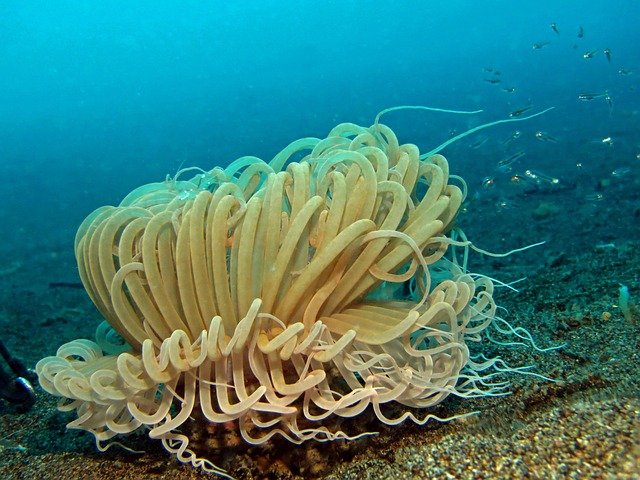
The Scuba Acronym
Scuba diving is a popular recreational activity enjoyed by many around the world. However, not everyone is aware that the term "scuba" is actually an acronym. It stands for Self-Contained Underwater Breathing Apparatus. This term was coined by Dr. Christian J. Lambertsen in the mid-20th century, and it reflects the essential function of the equipment used in this fascinating underwater sport.
The Origins of Scuba Diving
The history of diving dates back thousands of years. Ancient civilizations, including the Greeks, utilized natural materials like water reeds to create primitive snorkels, allowing them to explore underwater environments. There are even tales of Alexander the Great experimenting with early diving bells, showcasing humanity's long-standing curiosity about the underwater world.
However, the modern concept of scuba diving began to take shape in the early 20th century. It was not until 1942 that Jacques Cousteau and Émile Gagnan developed the first successful scuba unit, known as the Aqua-Lung. This invention revolutionized underwater exploration by allowing divers to breathe underwater for extended periods, paving the way for recreational diving as we know it today.
How Scuba Equipment Works
Understanding what a scuba unit does is essential for anyone interested in diving. A scuba gear unit does not breathe for the diver; rather, it provides a means to breathe underwater. The equipment allows divers to:
- Descend: Divers can go deeper into the water, exploring various depths.
- Ascend: The gear enables safe ascent to the surface after exploring.
- Hover: Divers can maintain a specific position in the water column, which is crucial for observing marine life.
- Float: At the surface, divers can relax and enjoy the surroundings.
This versatility is one of the reasons scuba diving has become such a beloved activity among ocean enthusiasts.
The Importance of Safety in Scuba Diving
While scuba diving can be an exhilarating experience, safety should always be a priority. Proper training and certification are essential for anyone looking to dive. Organizations such as the Professional Association of Diving Instructors (PADI) and Scuba Schools International (SSI) offer courses that teach the necessary skills and safety protocols. Understanding how to use scuba equipment correctly, recognizing the signs of potential hazards, and knowing how to respond in emergencies can make a significant difference in ensuring a safe diving experience.
Conclusion
The acronym "scuba" represents more than just a set of equipment; it symbolizes humanity's enduring fascination with the underwater world. From its historical roots to modern advancements, scuba diving continues to inspire exploration and adventure. Whether for recreation, research, or simply the joy of being submerged in nature, scuba diving remains a remarkable way to connect with the ocean and its myriad wonders.







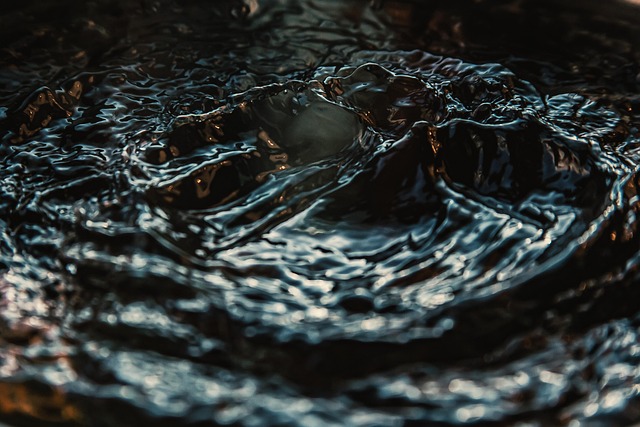
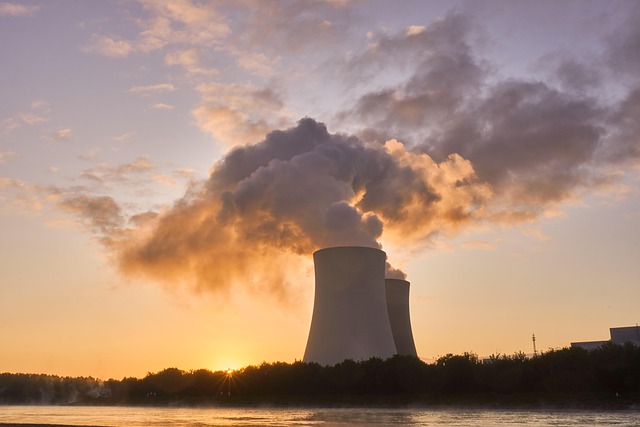
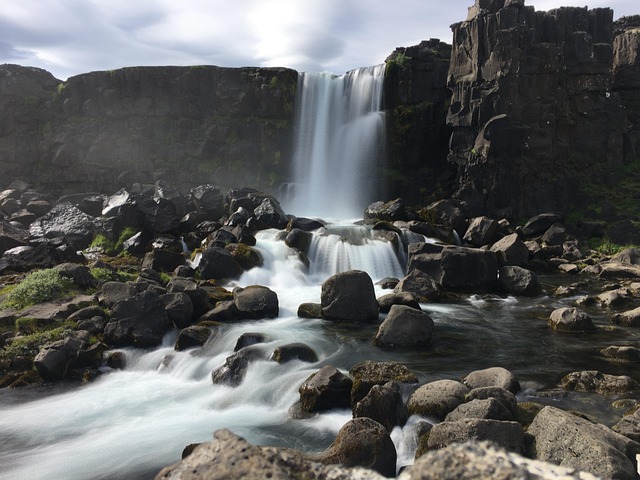

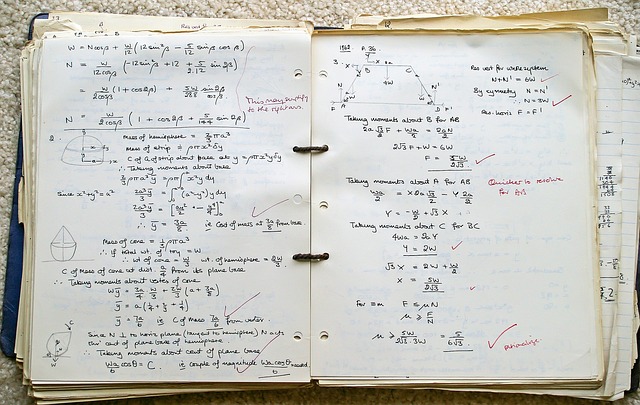
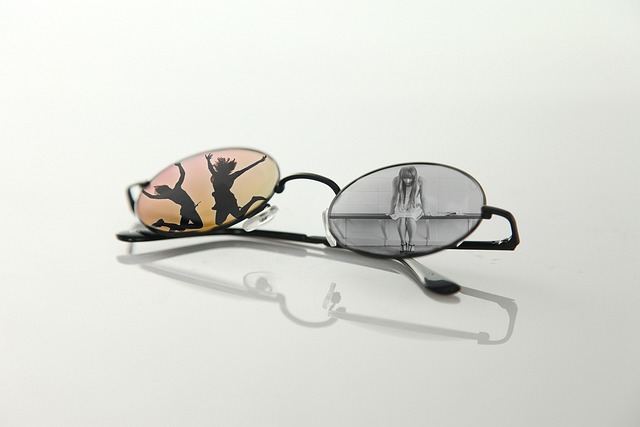
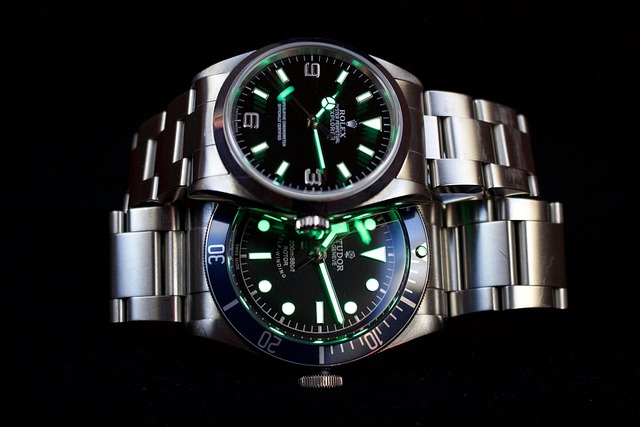


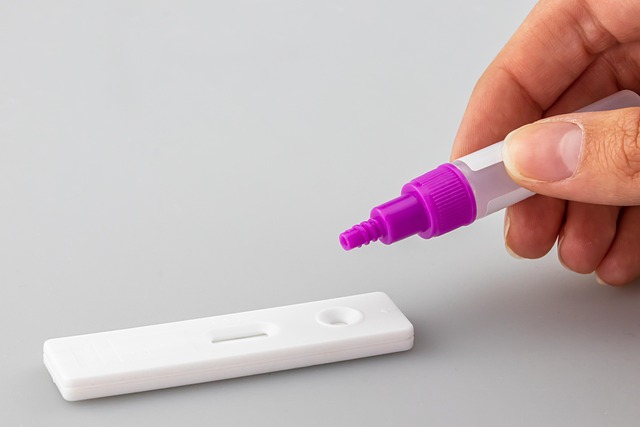
 System Stability Test Aida64 Free
System Stability Test Aida64 Free 
 Health
Health  Fitness
Fitness  Lifestyle
Lifestyle  Tech
Tech  Travel
Travel  Food
Food  Education
Education  Parenting
Parenting  Career & Work
Career & Work  Hobbies
Hobbies  Wellness
Wellness  Beauty
Beauty  Cars
Cars  Art
Art  Science
Science  Culture
Culture  Books
Books  Music
Music  Movies
Movies  Gaming
Gaming  Sports
Sports  Nature
Nature  Home & Garden
Home & Garden  Business & Finance
Business & Finance  Relationships
Relationships  Pets
Pets  Shopping
Shopping  Mindset & Inspiration
Mindset & Inspiration  Environment
Environment  Gadgets
Gadgets  Politics
Politics 